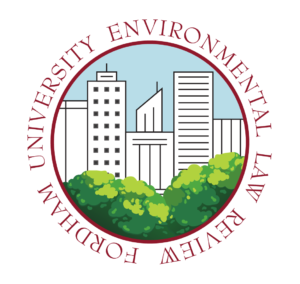New York City Needs to do More to Protect its Public Housing from Extreme Heat Events: A Case for Aggressive Urban Tree Planting and Green-Roofing
By: Cole Voorhies
Over this summer, New York City had 2 days per year above 100°F. The Union of Concerned Scientists projects there could be 28 days per year above 100°F by the end of the century. These temperature increases will lead to over 1000 annual temperature related deaths. Projections provide a 15% net increase in temperature related deaths at best from 2050-2080s and at worst a 30% increase in temperature related deaths. By the 2080s, as many as 3,331 people could die every year from exposure to heat during NYC summers!
New York City Housing Authority (NYCHA), due to its nature as a low-income public housing corporation, houses some of the city’s populations most vulnerable to rising temperatures and extreme heat events, including high populations of the elderly and racial minorities. Lower-income areas and areas with more racial minorities are more likely to have less greenspace; less greenspace corresponds to higher risk of heat-related death. This elevated risk associated with the lack of greenspace compounds with other public health factors. Racial minorities, the elderly, those with mental health problems, and those with less education are more likely to die from heat-related illness. Healthy tree stocks can reduce vulnerabilities of rising summertime temperatures.
Urban trees are a powerful mitigatory tool for climate change’s effects, particularly rising summertime temperatures and extreme heat events. Research shows that urban trees have both local and city-wide benefits in this regard. Urban heat island effect significantly worsens prospects for urban areas in the era of climate change. Some estimates find that the urban areas of NYC are about 10°F hotter than Central Park. Heat island effect can cause cities to be 1.8-2.2 °F hotterthan surrounding areas. The presence of trees can significantly reduce temperatures. A recent study done in Atlanta found that a combination of urban tree-planting and cool material resurfacing succeeded in reducing average summertime temperatures. Atlanta planted 450K trees and laid 168 sq. km. of cool surface material resulting in a 3.06°F reduction in average summertime temperatures.
New York City must do more to protect the tenants of its public housing complexes from rising summertime temperatures and extreme heat events associated with climate change. NYCHA residents are among the city’s most vulnerable to extreme heat and ought to be afforded the protection of leafy tree canopies at their complexes. NYCHA is owned and operated by the City for the public’s benefit; it is time for the public to call for increased protections for NYCHA tenants against rising temperatures and heat waves.

